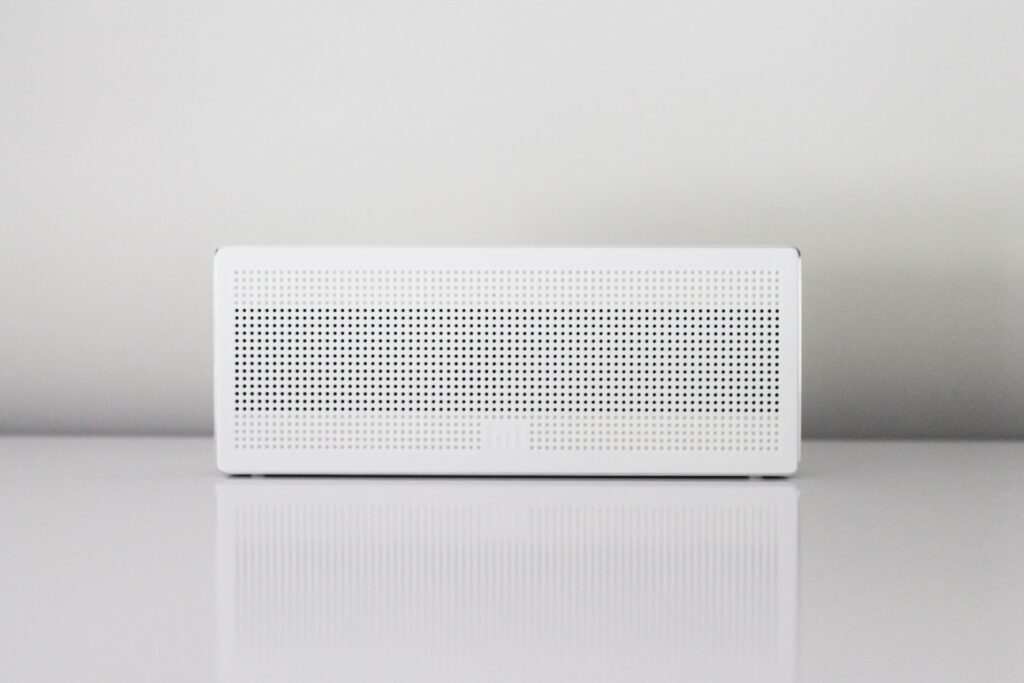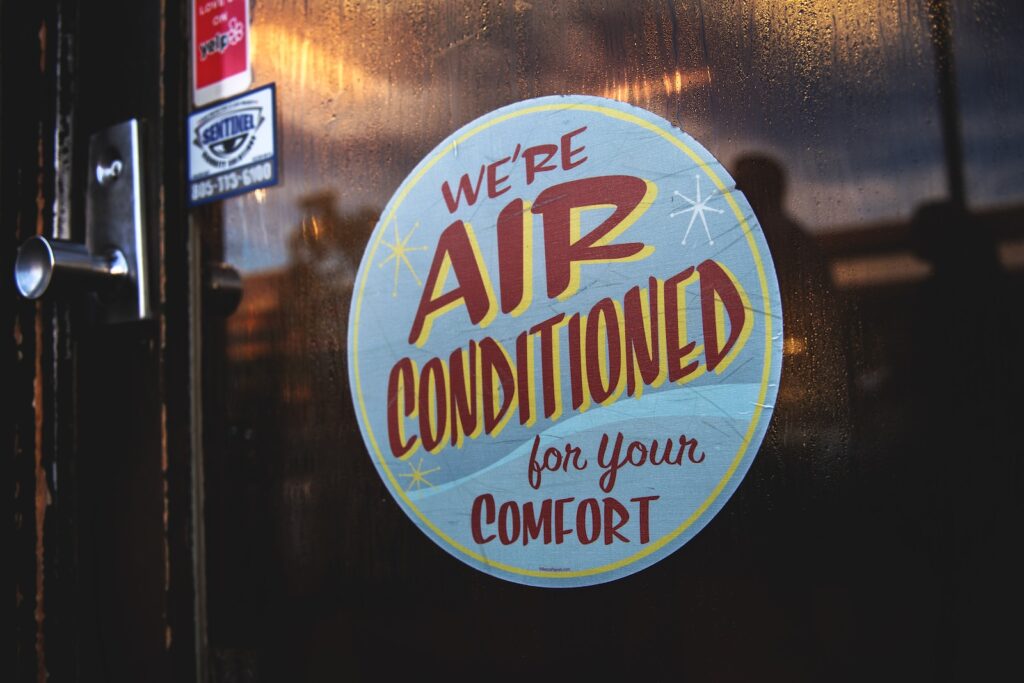Rated & Reviewed is reader-supported. When you buy through links on our site, we may earn an affiliate commission. Learn more.
In a world where the quality of the air we breathe can have a profound impact on our health and well-being, the need for clean indoor air has never been more crucial. Whether you’re battling allergies, concerned about the presence of airborne pollutants, or simply striving for a fresher living environment, the solution might just be a few steps away. Welcome to the enlightening journey into the realm the basics of air purifiers – those sleek and unassuming devices that hold the power to transform the air around us.

Understanding Indoor Air Quality
Picture this: you’ve just spent a long day outside, enjoying the fresh outdoor breeze, only to return home and realize that the air inside feels, well, not quite as invigorating. Indoor air quality (IAQ) refers to the condition of the air within buildings and structures, and it’s a concern that affects us all. Many of us spend a significant portion of our lives indoors – whether at home, in the office, or other enclosed spaces – and the quality of the air we breathe during that time plays a pivotal role in our health and comfort.
Indoor air can be laden with a variety of pollutants, ranging from dust and pet dander to volatile organic compounds (VOCs) and even more concerning contaminants like mold spores. These pollutants can stem from a multitude of sources, including cleaning products, cooking emissions, smoking, and even the materials used in building and furnishing our living spaces. Over time, exposure to these pollutants can lead to a range of health issues, particularly for those with allergies, asthma, or other respiratory conditions.
Improving indoor air quality is not just a luxury; it’s a necessity. And that’s where air purifiers step onto the scene. These devices are designed to combat indoor air pollution by capturing and removing particles and pollutants, providing us with a breath of fresh air even when we’re indoors. But what exactly are air purifiers, and how do they work their magic? Let’s dive in and uncover the secrets behind these ingenious devices.
What Are Air Purifiers?
If you’re envisioning a futuristic gadget straight out of a science fiction movie, you’re not far off. Air purifiers are sleek and compact devices that are purpose-built to improve indoor air quality by removing contaminants and pollutants. Think of them as your very own air-cleaning sidekicks, diligently working to create a healthier and more pleasant living environment.
At their core, air purifiers are equipped with advanced filtration systems that are capable of capturing particles as small as a fraction of a micron. These particles can include dust, pollen, pet dander, mold spores, and even microscopic organisms. The result? Cleaner, fresher air that’s free from the irritants and allergens that can wreak havoc on our respiratory systems.
But how exactly do these filtration systems work? And what are the different types of air purifiers available? Strap in as we unravel the intricate workings of air purifiers and explore the various technologies that make them the heroes of indoor air quality improvement.
The Science Behind Air Purification
It’s time to dive deeper into the heart of air purifiers: the science that drives their remarkable air-cleaning abilities. At the core of every air purifier lies a filtration system designed to capture and remove particles from the air, resulting in a healthier breathing environment. Let’s break down the key components of this filtration process and explore how different technologies work their magic.
Table: Comparison of Different Air Purifier Technologies
| Air Purifier Technology | How It Works | Best For | Benefits | Limitations |
|---|---|---|---|---|
| HEPA Filtration | Traps particles as small as 0.3 microns | Allergies, Asthma | Efficient removal of allergens and dust | Limited effectiveness against gases and odors |
| Activated Carbon Filters | Absorbs odors, gases, and VOCs | Odor Control | Elimination of unwanted smells | Not as effective against larger particles |
| UV-C Technology | Uses UV-C light to neutralize pathogens | Microbial Control | Destruction of bacteria and viruses | May require regular maintenance and replacement |
| Ionization | Releases ions to clump particles | General Air Purification | Improved particle capture and removal | Some models may produce ozone, potential health risk |
Filtration Mechanisms
Air purifiers employ a variety of filtration mechanisms to effectively cleanse the air. One of the most prominent methods is the High-Efficiency Particulate Air (HEPA) filtration. HEPA filters are designed to capture particles as small as 0.3 microns, ensuring that even the tiniest airborne particles are trapped and prevented from circulating back into the environment. These filters work like a sieve, with a dense network of fibers that create a barrier to block particles from passing through.
In addition to HEPA filters, many air purifiers also utilize activated carbon filters. These specialized filters are highly effective at adsorbing odors, gases, and volatile organic compounds (VOCs). Activated carbon has a large surface area with countless tiny pores that attract and trap these unwanted substances, leaving the air smelling fresher and cleaner.
Other Purification Technologies
Beyond HEPA and activated carbon, air purifiers often integrate additional technologies to enhance their efficiency. Ultraviolet Germicidal Irradiation (UV-C) is one such technology that harnesses the power of ultraviolet light to neutralize bacteria, viruses, and other microorganisms. UV-C light damages the DNA of these pathogens, rendering them incapable of reproducing and posing a threat.
Some air purifiers also utilize ionization. Ionizers release negatively charged ions into the air, which attach to particles and cause them to clump together. These larger particles are then easier to capture by the air purifier’s filters or can simply fall to the ground, reducing their presence in the air you breathe.
The Impact on Indoor Air Quality
Understanding the science behind air purification gives us a clearer picture of the impressive results that air purifiers can achieve. By employing a combination of filtration mechanisms and purification technologies, these devices are capable of significantly reducing the concentration of pollutants in indoor spaces. From allergens like pollen and pet dander to unwanted odors and harmful microorganisms, air purifiers provide a comprehensive solution to improving indoor air quality.
Benefits of Air Purifiers
Now that we’ve explored the inner workings of air purifiers, it’s time to uncover the numerous benefits they bring to the table. These devices are not just fancy gadgets; they’re powerful tools that can positively impact your health and overall quality of life.
Allergy and Asthma Relief
If you’ve ever suffered from allergies or asthma, you know how disruptive these conditions can be. Air purifiers act as your allies in the fight against allergens and irritants. By trapping particles like pollen, dust mites, and pet dander, air purifiers can significantly reduce your exposure to these triggers, leading to fewer allergy symptoms and more peaceful breathing.
Odor Elimination
Have you ever walked into a room and been greeted by an unpleasant smell? Whether it’s cooking odors, pet smells, or other lingering scents, air purifiers can come to the rescue. Activated carbon filters specialize in adsorbing odor molecules, leaving your space smelling fresher and more inviting.
Enhanced Respiratory Health
Cleaner air means healthier lungs. Air purifiers not only reduce your exposure to allergens but also to respiratory irritants like smoke and air pollutants. This can be particularly beneficial for those with respiratory conditions, as well as for children and the elderly.
Limitations of Air Purifiers
While air purifiers are undoubtedly powerful allies in the quest for cleaner indoor air, it’s important to acknowledge their limitations. Understanding what air purifiers may not be able to address can help set realistic expectations and guide your decisions.
Ineffectiveness Against Large Particles
Air purifiers excel at capturing smaller particles like allergens and fine dust. However, when it comes to larger particles such as pet hair, some models may struggle. It’s essential to maintain a clean living environment alongside using an air purifier to ensure optimal performance.
Limited Impact on Gaseous Pollutants
Air purifiers equipped with HEPA filters and activated carbon are effective against solid particles and odors. Yet, they might not have a significant impact on gaseous pollutants like certain VOCs. For these cases, specialized air purifiers with advanced gas-phase filtration might be more suitable.
Choosing the Right Air Purifier
Selecting the perfect air purifier requires a bit of consideration and knowledge. Here’s a guide to help you make an informed choice:
Assess Your Needs
Start by identifying your specific air quality needs. Are allergies a major concern? Do you need to combat odors? Understanding your priorities will guide your selection.
Consider Room Size
Air purifiers are designed for specific room sizes. Choosing one that matches your space ensures effective air circulation and purification. Manufacturers typically provide a recommended room size for each model.
Evaluate Filtration Technology
Different filtration technologies offer varying levels of effectiveness. If allergies are your focus, a HEPA filter is a must. For odors and VOCs, consider models with activated carbon filters. Some units even combine multiple technologies for comprehensive air purification.
Noise Level
Keep in mind that air purifiers generate noise while operating. If you’re placing the unit in a bedroom or office, opt for a quieter model to ensure your comfort.
Energy Efficiency
Air purifiers run continuously to maintain air quality. Choosing an energy-efficient model can lead to long-term cost savings.
Conclusion
As we conclude our exploration into the basics of air purifiers, you’ve gained a solid understanding of their importance, how they work, their benefits, and their limitations. These devices are not just technological marvels; they’re tangible solutions to a common problem that affects us all—indoor air pollution.
By implementing an air purifier that suits your needs and space, you’re taking a proactive step toward improving your health and quality of life. Cleaner air leads to better breathing, fewer allergies, and a more comfortable living environment. As you embark on your journey to select the perfect air purifier, remember the key factors to consider: your specific air quality concerns, room size, filtration technology, noise level, and energy efficiency.
Armed with this knowledge, you’re well-equipped to make an informed decision and choose an air purifier that will become your trusted companion in the pursuit of fresher, healthier indoor air. Breathe easy and live well!
And there you have it! An in-depth look at the basics of air purifiers, their inner workings, benefits, limitations, and tips for choosing the right one. With this comprehensive guide, you’re ready to navigate the world of air purifiers with confidence and clarity. Stay tuned for more articles in our series as we delve into maintenance tips, comparisons with other air quality solutions, and the science behind air purification. Your journey to cleaner air is just beginning.
Amazon and the Amazon logo are trademarks of Amazon.com, Inc, or its affiliates.


